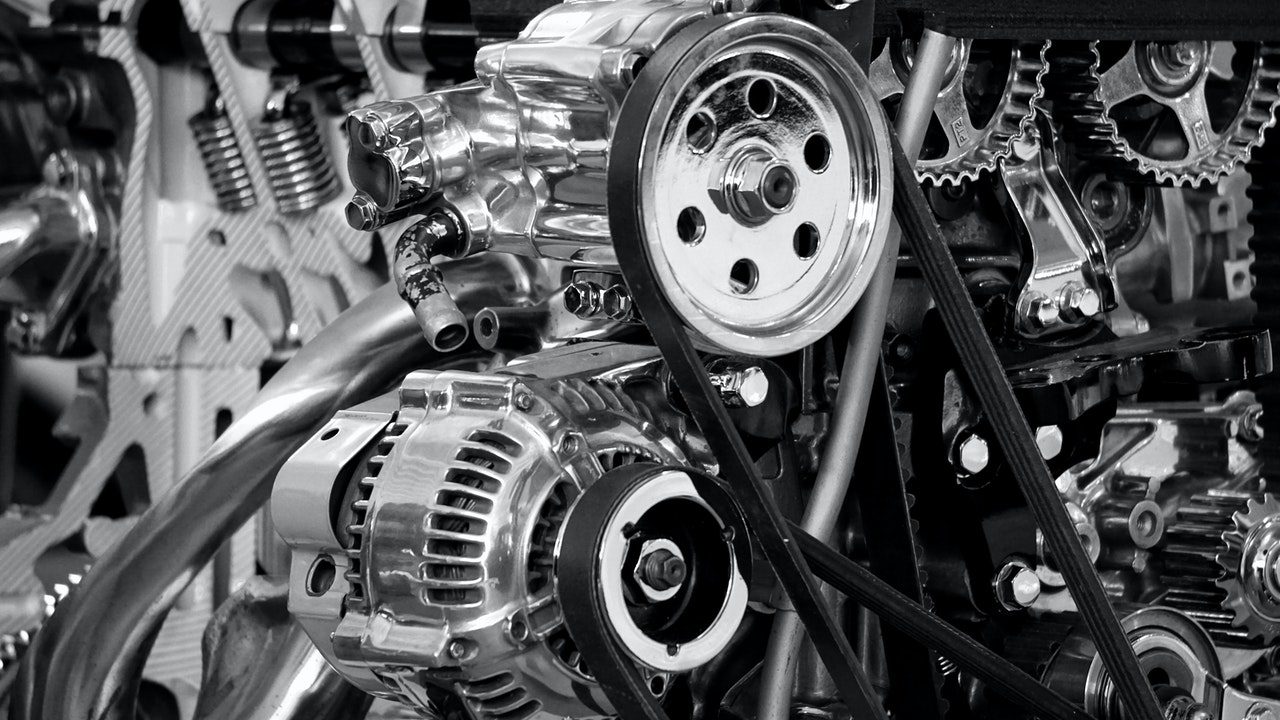
Automotive Engineering: Trends and Innovations in the Automotive Industry
Automotive innovation in automotive engineering is the use of new technology and ideas to improve automobiles’ design, performance, and efficiency. The automotive business has undergone extraordinary upheaval over the last few decades, with recent technological advancements changing how value is given to customers. This field is rapidly evolving, with innovations and technologies poised to transform how we travel. The automotive industry’s future looks bright, from electric cars to driverless vehicles.
The use of the Internet of Things (IoT), artificial intelligence (AI), machine learning (ML), and data analytics to optimize business operations has also transformed the sector and improved the client experience. Manufacturers are investing in green technology, such as biofuels and hydrogen fuel cells, to lower their carbon footprint as their focus on sustainability and eco-friendliness grows. As the automotive sector embraces innovation and sustainability, let’s explore the trends and innovations in the automotive industry in this article.
1. Electrification Revolution: Powering the Green Movement
The rise of electric cars (EVs) is a watershed moment in automotive engineering. EVs are becoming more popular as the emphasis on decreasing carbon emissions and reliance on fossil fuels grows. Engineers from the top private engineering college in jaipur in the automotive industry are pushing the limits of battery technology to improve energy density, charging speeds, and overall range. Furthermore, the development of charging infrastructure and smart grid integration is critical in hastening the adoption of electric transportation.
2. Autonomous Ambitions: Towards Safer Roads
Autonomous driving technology is no longer a sci-fi fantasy. Automotive engineers are hard at work on advanced driver assistance systems (ADAS), which will pave the road for entirely driverless vehicles. These systems, which use a combination of sensors, cameras, lidar, radar, and artificial intelligence, are intended to improve safety, minimize accidents, and give a more enjoyable driving experience. The transition from human-controlled automobiles to self-driving cars represents a seismic upheaval changing transportation standards.
3. Connectivity and Infotainment: Cars as Smart Devices
Modern automobiles are transforming into powerful smart devices on wheels. Integrating connection and entertainment technologies is changing how we interact with our vehicles. To improve driver and passenger interactions, automotive engineers focus on providing seamless user experiences by combining touchscreens, voice recognition, and even augmented reality displays. This trend saves time and encourages safer driving by reducing distractions.
4. Lightweighting and Materials Innovation: Efficiency Redefined
Efficiency is still a pillar of automotive engineering. Engineers are investigating new lightweight materials such as carbon fiber composites and aluminum alloys to increase fuel economy and overall performance. These materials reduce the vehicle’s weight and improve structural integrity and safety. Light weighting is combined with aerodynamic design to produce cars that glide through the air with minimal resistance.
5. 3D Printing (Additive manufacturing)
Rapid prototyping is possible with 3D printing, which shortens production’s design and testing phases. Manufacturers can rapidly and efficiently print spare parts to their exact requirements, and additive manufacturing of composite materials results in vehicle parts that are lighter, more durable, and stronger than ever before. This allows for lighter, more efficient cars with improved performance.
6. Shared Mobility and Mobility as a Service (MaaS): Redefining Ownership
The concept of automobile ownership is changing. Shared mobility services, such as ridesharing and carpooling, are changing people’s perceptions of transportation. Vehicles designed for these services are being developed by automotive engineers, focusing on durability, comfort, and adaptability. Furthermore, Mobility as a Service (MaaS) platforms are gaining popularity, allowing customers to access several modes of transportation smoothly through a single app.
7. Online retail
Consumers purchase automobile items and services online as internet access and e-commerce platforms become more widely available. Online booking and purchase options are available from car manufacturers and dealerships, while online markets sell a wide range of automotive products, including spare parts, accessories, and even entire vehicles.
Also Read: Emerging IoT Trends for Engineers to Watch Out for in 2023
Concluding Thoughts
The trends driving the automotive engineering sector represent the hopes and difficulties of our changing planet. These themes merge to form a future of safer, more efficient, and ecologically responsible transportation, from electric powertrains to autonomous capabilities, from connection to sustainability. As engineers from the best private engineering college in jaipur continue to develop and push boundaries, the future holds cars that are more than just modes of transportation but integrated solutions that adapt to changing lifestyles and global requirements.
